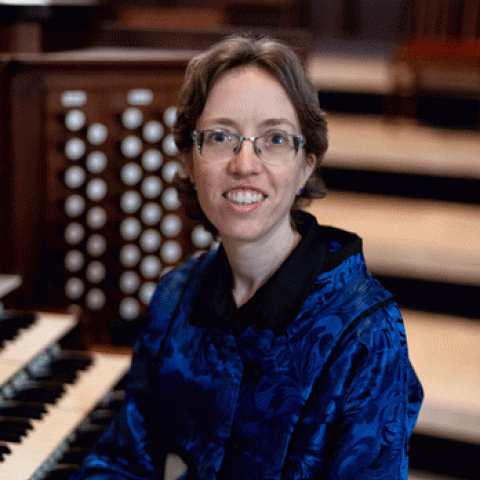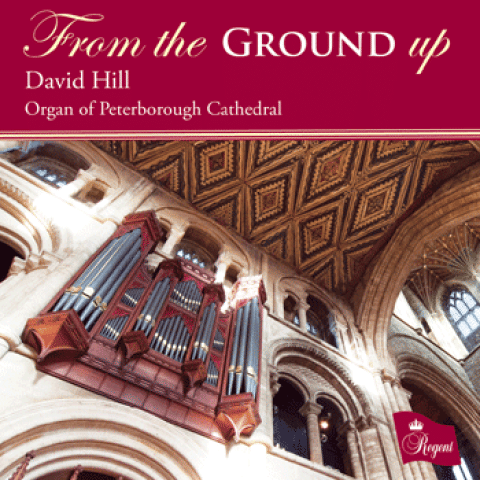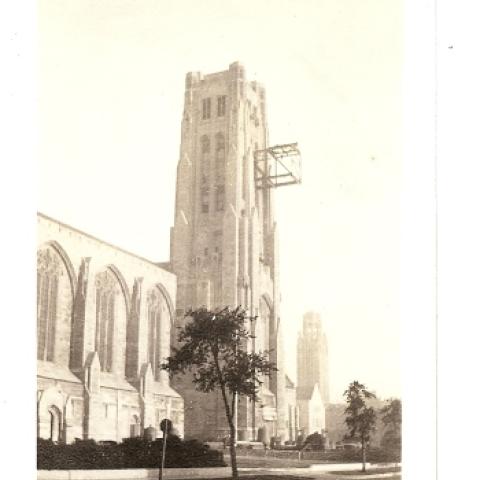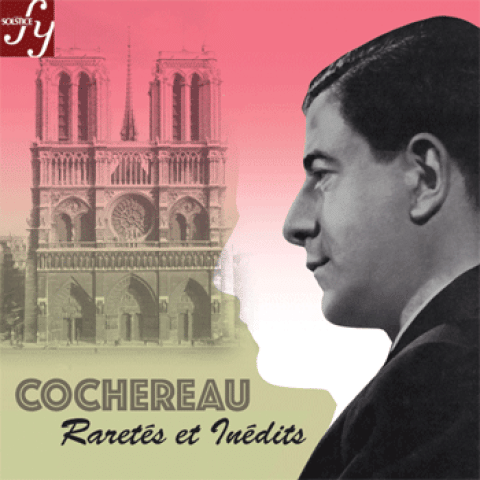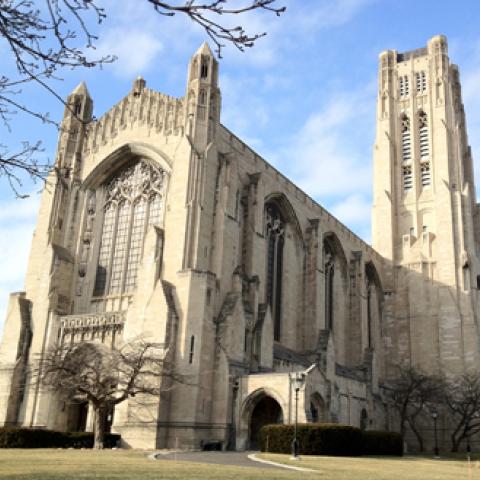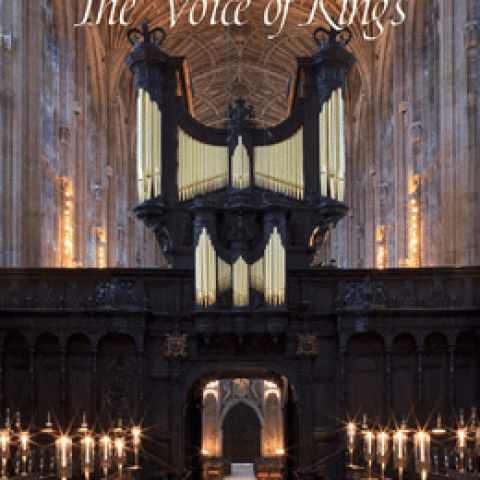
Acis announces a new recording. The Chicago Recital features Isabelle Demers performing on the organ of Rockefeller Memorial Chapel, University of Chicago, Illinois.
The instrument was originally 1928 Skinner Organ Company Opus 634, rebuilt in 2008 by the Schantz Organ Company to comprise four manuals, 132 ranks.
Demers performs works by Mendelssohn, Tchaikovsky, MacMillan, Laurin, and Reger.
For download and stream: https://isabelledemers.hearnow.com

